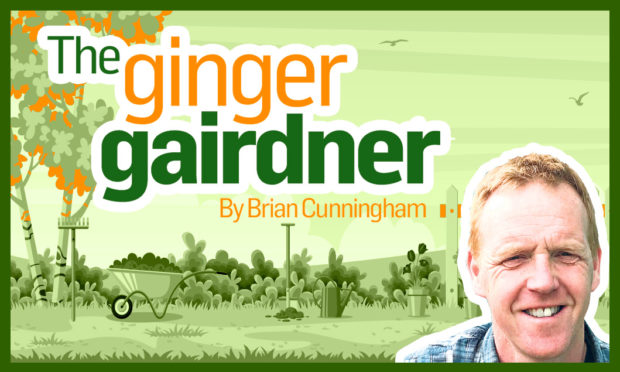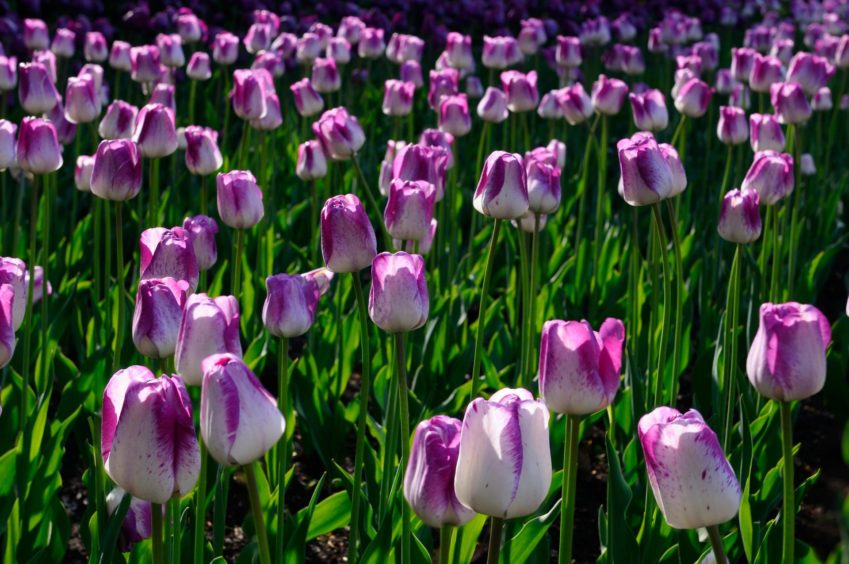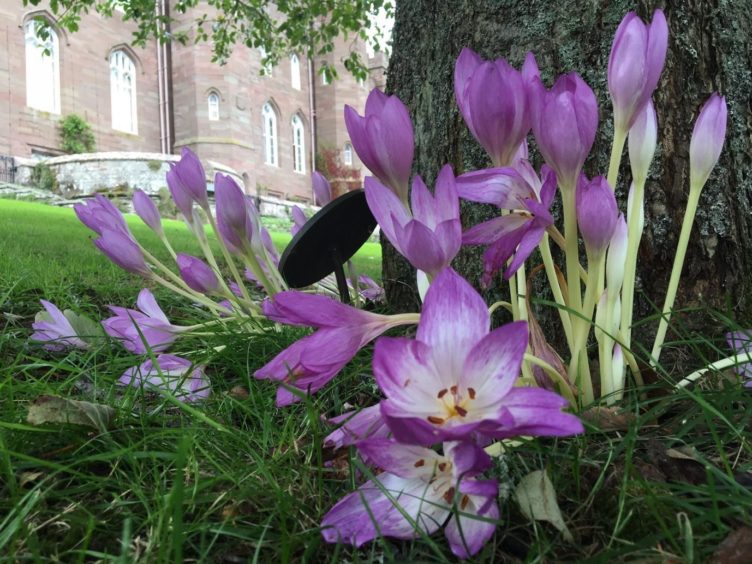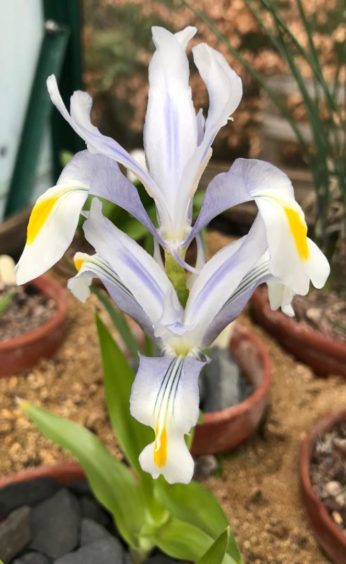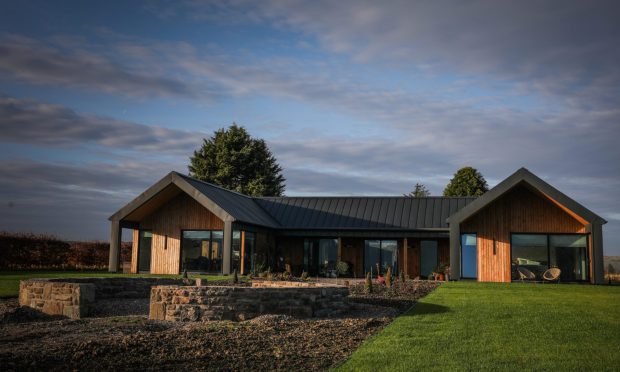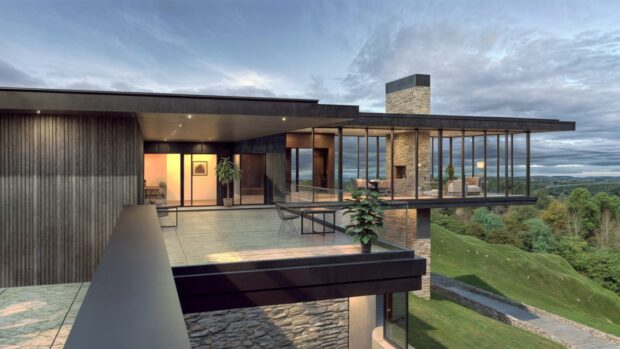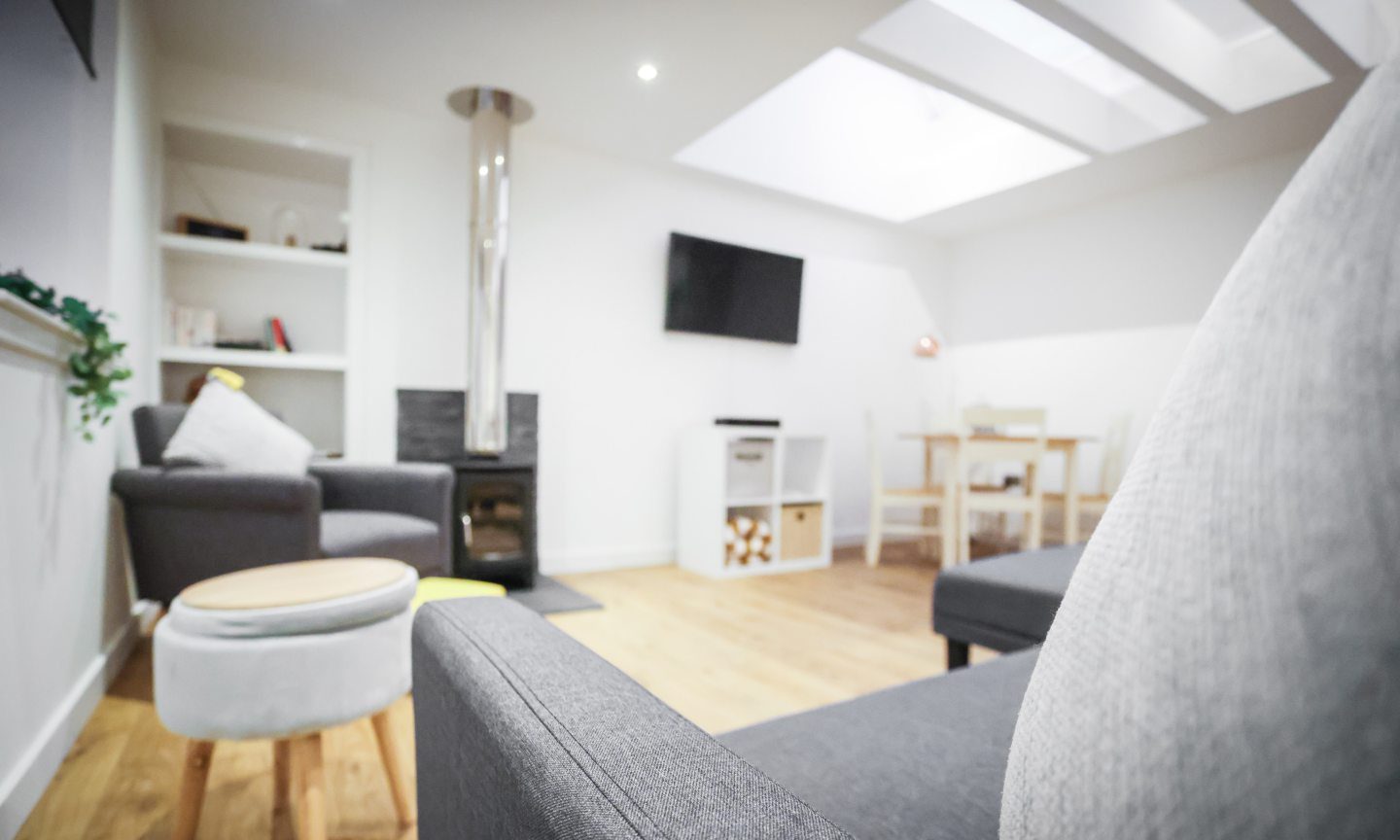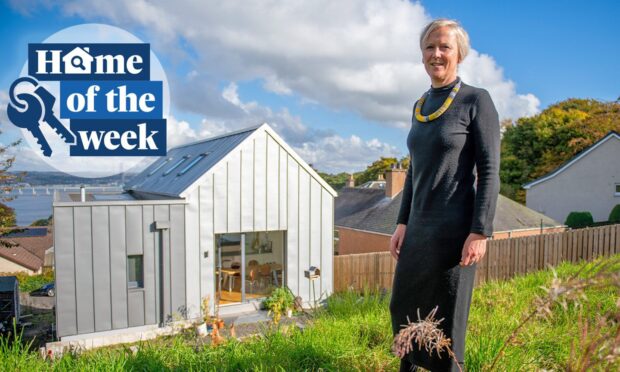We’ve not even finished summer yet, but our Ginger Gairdner’s thoughts are already turning to spring. That’s because it’s time to think of bulbs, says Brian Cunningham.
Spring is an exciting time for gardeners in lots of ways, but what I look forward to most is the emergence of bulbous plants, rising from the ground with their fabulous variety of shapes and colours, cheering us up all after the blandness of winter.
It’s the most flamboyant of starting guns, signalling the start of the new growing season ahead.
I know, we are not even finished summer yet, but the time for planting bulbs for a spring display next year is now, during this late summer/ early autumn period, with bulbs needing this length of time in the ground over winter for them to grow.
We plant bulbs in their dormant state without any leaves or flowers. They aren’t like other plants where you can pretty much see instantly how they will slot into your garden design when you bring them home from the garden centre.
With bulbs we need to plan, trusting our instincts and using our imaginations to picture them in the spot we have chosen for them.
Then we have to wait months before we can see if we have picked the right variety or planted them in the right place once they are up and flowering.
In our mixed borders, it’s straightforward to find a suitable spot for planting, generally in a gap between perennials or under the canopy of a deciduous tree or shrub, where the bulbs will flower before they come into growth.
For my herbaceous border at home I’ve ordered up some Tulip ‘Shirley’, a flower which is white, edged and lightly spotted with the colour purple, and I’m going to plant these among Lysimachia ‘Firecracker’, which at spring has young foliage of dark purple both being perfect partners for each other.
You may want to get in and purchase your tulip bulbs now before they are all snapped up, but hold off from planting them until November time when the soil is that little bit colder. This helps reduce the risk of them being infected from tulip fire disease which spoils their display by giving the appearance they have been scorched by fire.
Another part of the garden I intend to brighten up next spring with a bulb display is my ‘no-mow’ lawn area. This is small patch of grass at the front of our house which I have divided into three mis-shaped sections. I do not cut the grass in the middle section at all, except to tidy up in September, and the outer I cut only every three weeks. These are separated by curved paths and a strip around the edge of the lawn which is cut weekly.
I must confess the reason I started this was to save myself some time, but I soon came to realise the benefits this gives to the wildlife and wildflowers hiding in my lawn. Clover, self-heal and yarrow are already present and so far plug plants of the meadow geranium and ragged robin I planted this year are establishing well but I’m now about to add a purple, yellow and white combination of the spring Crocus into the grass providing some much appreciated nectar for early pollinating insects. And of course my front lawn will look bright and cheerful too.
I’ll mix up the bulbs of all three cultivars into a tub and then very gently throw them up in the air, planting them where they land so to achieve a natural planting look.
These are not the only bulbs good for naturalising in grass: snowdrops, daffodils, fritillaries, Camassia and winter aconites are too, just remember not to cut the grass until six weeks after your last bulbs have flowered, they need this time to build up the energy required for them to flower again next year.
My eyes were blown wide open to a different world of bulbs during my time working in the Alpine department of the Botanical Gardens in Edinburgh. From early spring, the traditional display house has the most amazing and colourful display of pot grown bulbs from Europe, Turkey and the Mediterranean.
Bulbs that naturally will grow on a dry and sunny mountainside should stop being watered in the pot once the foliage has died off, then enjoying a well earned rest until late summer when they should be repotted.
Like all alpine plants that we grow in our gardens at home, a good, free-draining potting mix is what we are after, a half and half of John Innes 2 and grit is what I was taught and is what I still use today for my own collection.
A good watering is given early September then a month later in October replicating autumn rains of their natural habitats, resuming to a normal regime once bulb leaves pop through the surface of your compost. I like to use clay pots plunged up to their rim in a bed of horticultural sand helping to keep the bulbs in a cool and constant temperature but this is not essential.
Some species require slightly different conditions than others so I recommend following bulb master Ian Young’s regular reports on the Scottish Rock Garden website for a fascinating read and great advice.
Brian Cunningham is a presenter on the BBC’s The Beachgrove Garden and head gardener at Scone Palace. Follow him on Twitter @gingergairdner
